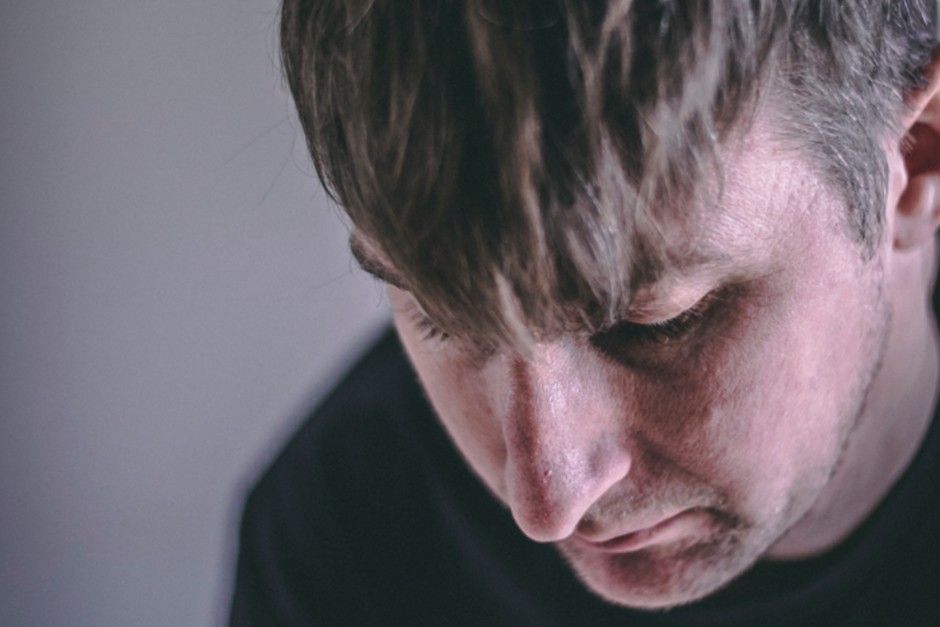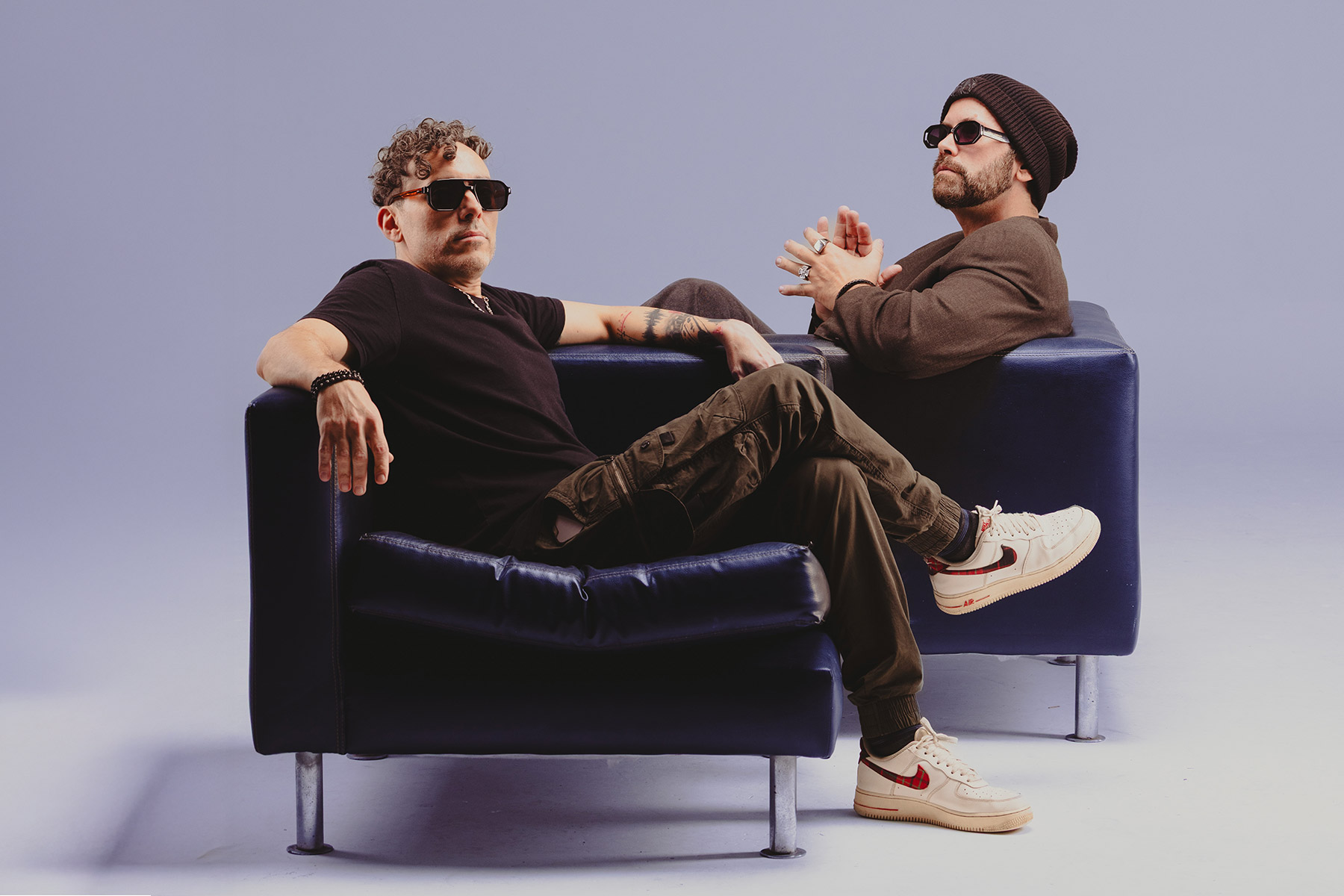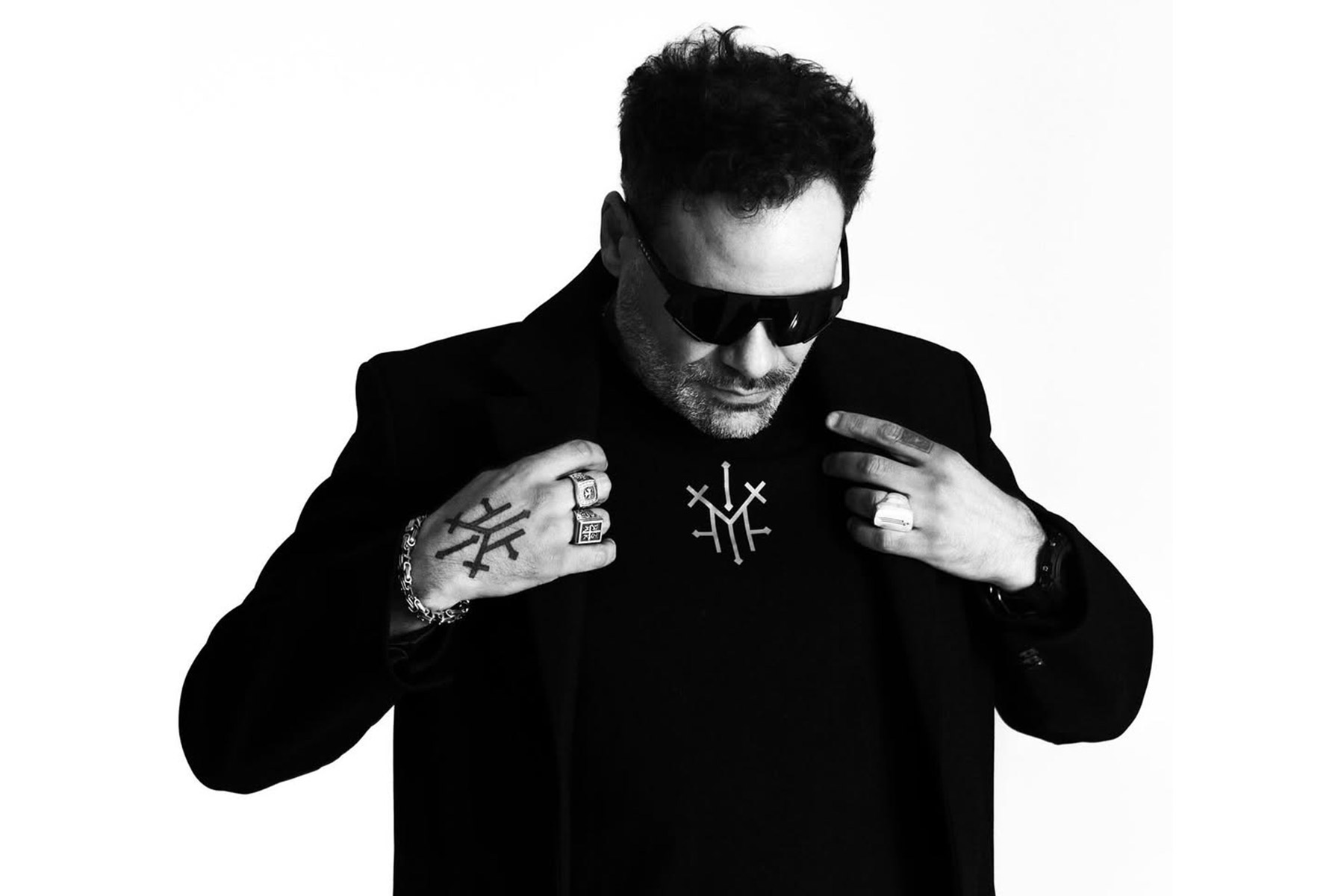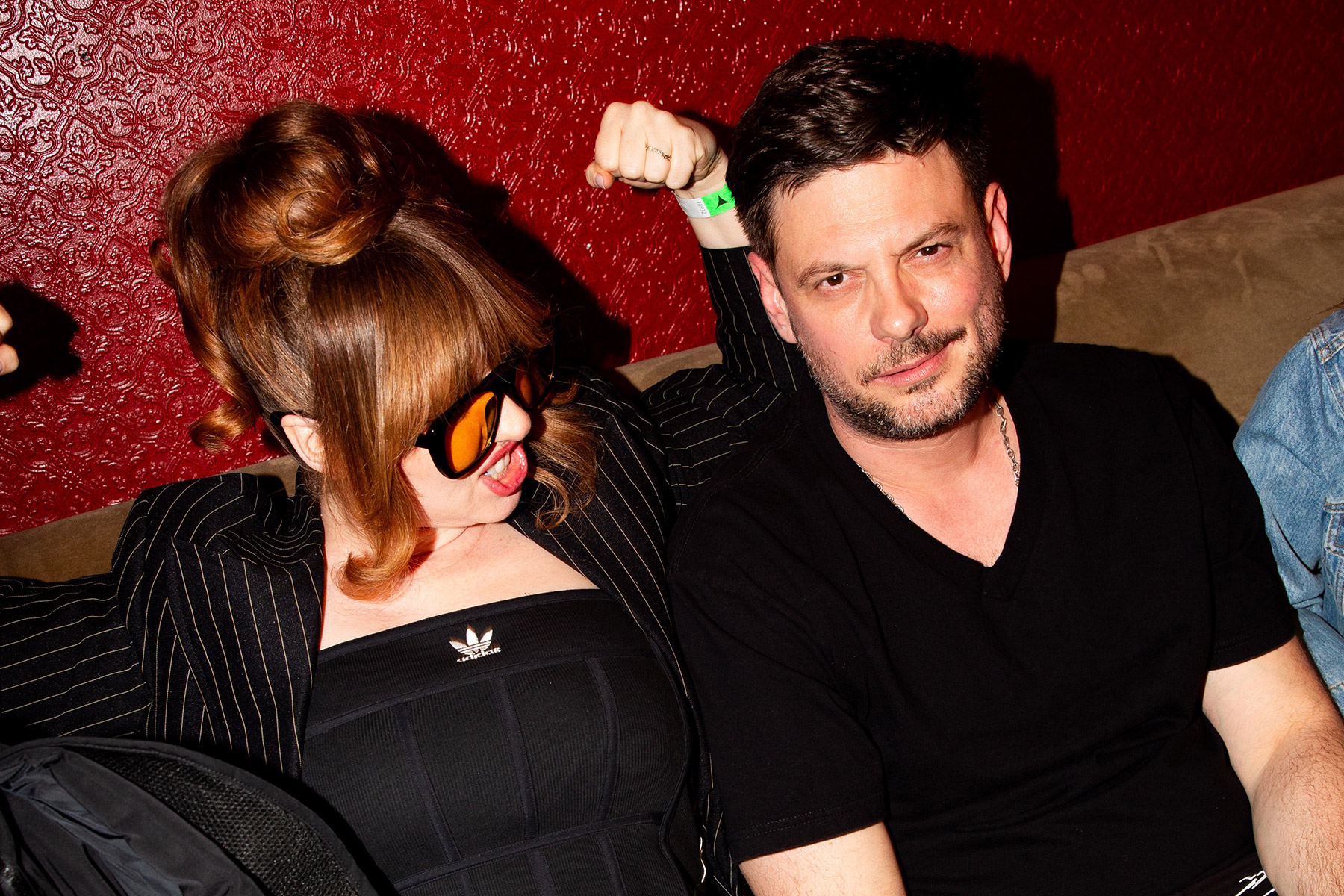Storming onto the scene is Bristol’s most exciting young export Ben Remember. Causing a stir within the dance community his instantly recognizable sound of raw chunky grooves and addictive hooks are proving to be a hit with his peers; Annie Mac is an avid supporter having continually championed his music on her Radio 1 show, while DJ’s such as Andrea Oliva, Eats Everything and Nick Curly are all filling their sets with his productions.
Ben is certainly proving himself to be a name recognized within his own right and continues to rise through the ranks of the DJ elite, with plenty more productions on the horizon you’ll be hearing a lot more from him.
Ben Remember will be part of the upcoming ‘Toolroom Miami 2020’ compilation with his track ‘Through The Wall’. For the special occasion, the British producer has shared 5 production tips he regularly applies.
1. Focus on your creative ideas, not your gear:
There’s a saying, “all the gear and no idea’’, in this instance we don’t mean that someone who we shall call Keith (sorry Keith), has all of the studio gear that anyone would ever dream of but has no idea how to use it. Oh no, here we mean that Keith, (again, sorry mate) has all of the gear, in fact, he absolutely knows how to use it all but has no creative ideas! Fancy Plug-Ins, hardware, and secret techniques have their place and it’s a very important place but there is no point in throwing tons of money at your song if the original, core, creative idea isn’t amazing. Simply mixing down an average song so it sounds massive out of speakers doesn’t make it an amazing song, and it definitely isn’t going to make poor old Keith stand out in the very busy crowd that is the music industry.
Spend time on the music, record labels and fans aren’t as interested in your studio processes as us geeks are. It’s about the music at the end of the day.
2. Don’t rely on your EQ:
Being a mix engineer can be a funny old thing, I’ve seen a lot of music that is so close to being right but has one major thing wrong. Let me explain, very often it’s the kick, oh yes, it’s always the kick that is never quite right. I’m sure most people reading this will understand that feeling. A lot of the time I hear a kick sound that isn’t the right type of kick for the song. Now, this can be a very subtle thing, we might be making a house record with our favorite house kick from our brand new amazing house sample pack but that kick might be the problem in your mix. Not every kick will be right just because of its style, there is a kick for every song. If we have a kick in the right style but with less low end we often think that all we need to do is wack an EQ on and boost the low end into our kick! The problem here is that we are trying too hard to force something like 8db of 50hz into a kick that simply doesn’t have that energy.
If you are ‘over boosting’ a specific part of any sound to meet an expectation of that sound (i.e.all the music I listen to has more low end in the kick, so I need to have more low end in my kick), by boosting too much you’re just making that sound, sound bad. Just because you boost the kick at say 80hz, it doesn’t mean that kick is then going to get the same tight clean punch of a kick on your favorite song. Remember an EQ is there to fix problems not to magically transform sounds into something they’re not. Start with a kick that naturally has the right sound and then use an EQ to subtly glue that sound into your mix.
3. EFX need your time too:
EFX are really important for giving your songs arrangement clear direction. The problem is, it’s easy to find EFX samples, almost every sample pack is full of them so we end up being a bit lazy with our choices…(AHH let’s just place a riser in there and a woosh in here).
If you really focus on what EFX are used in your favorite records you will find it very illuminating. For instance, the wrong kind of riser on your breakdown might make the build-up feel too cheesy or too minimal. The EFX might be easy to chuck into your project but give them some real-time and attention and you’ll find they can really lift your music up to a new level.
4. Let your crazy creative brain be calm and analytical (but not all the time):
It’s all too easy to get carried away when that killer idea lands, a rush of adrenalin pumps through your brain and bam! Your writing the best song EVEEEEERR! Now, this has got to be one of the most exciting and fun experiences we have as music producers but I’ve found there is a drawback to these amazing fun times. I’m not sure about you, but with me, when I’m in that magical creative moment I tend to rush the production process, purely down to the excitement of the experience. I’ve found that killer hook that just sits with the groove perfectly, man I just want to hear how this is going to sound when it drops, ahhh, I’ve got such a good idea for the build-up! And off I go, rushing past 50% of the needed work just so I can have fun, like the selfish devil I am! Now I would never say to stop doing that, that’s where the magic happens but and this is important, don’t forget to go back and look at all of your ideas and sounds. Our brains become acclimated to our music very quickly before we know it that 64 bar idea of fun we’ve been working on starts to become a song, which starts creating its own identity in our minds. This is where we get tricked! The song now sounds like itself, we’ve become used to how it sounds, we don’t even notice that a few of the sounds aren’t right or that the bass was only meant to be there to test a sound out, we’ve started to think there is nothing wrong with our song because we have become so used to it being the way it is. You know that “I think this track is finished, I’m happy with it but maybe it’s missing something’’ feeling that we all get. It’s really important to have these amazing explosive studio sessions of creativity but we also need to give our clinical producer minds a chance to sort that chaos out.
Take a break from your creative session, even leave that project for 24 hours or longer, come back to the track with a fresh mind, get analytical with every section, every sound. Take it back to basics. Often you find the core of your fun times is spot on but the production has gotten messy; wrong choice on a hi-hat, a bass that is too loud or a wrong style clap for the new vocal you have found. Once you have these basics sorted you can then start looking at the bigger picture, how does the intro sound? Does it make sense to bring the bass in like that or to have a small breakdown there? Do all of my arrangement ideas make sense to me now that I’m listening to my track with fresh ears? I can’t stress how important this is for getting a song to be just right. You need those crazy creative moments but it can really lift a track up once you have ironed out all of the kinks in your production.
5. Every sound has it’s own identity:
This is a big one for me. It’s easy to think, “I need some kind of a musical stab, they’re easy to find, let’s use these ones from my favorite sample pack, they sound cool’’. Stop right there Keith, you’ve been tricked by a cool loop! We now live in the future where we make music on supercomputers that let us download millions upon millions of amazing and cool sounds, we even have software that puts all those sounds in sync and in key for us. This is great, don’t get me wrong but it invites us to become lazy with some of our sound choices. Just because a loop or a sound you find is cool doesn’t mean it’s going to work in your project. Don’t be surprised if you started making a minimal techno track but then when you come across this amazing Deep House piano chord loop that just has to be used right now, so you lob it into your song and bam! It’s in time, pretty much in key, sounds good to you anyway, and now you’ve got this feel-good, summer house anthem. But let’s slow down, I started this sentence with an ominous ‘don’t be surprised if’’. What can happen here is ‘project confusion’. You start off by making one style and then get led astray by a cool sound, this takes the project in a new direction, which isn’t always a bad thing but what you may not be realizing is the style of your projects sounds don’t match the new hook loop, or vocal loop or whatever it is that has caught your creative attention. This leads to messy undefined songs. Like I mentioned above, our brains get used to our songs, we stop hearing individual sounds and start thinking the song is what it is. Always remember to stay in control of your projects, if you do find a cool sample or you play a riff you just love, always ask yourself, does this fit to the vibe I am making right now. Do I save this for another project or do I go back and look at every single sound, making sure they are all speaking the same language? Either option is correct but what I don’t advise is to ignore your other sounds and to put all your focus on this new cool sound. A song is built from lots of sounds that should all be having the same conversation. After all, a techno kick is very different to a Deep House kick and it’s for a very good reason, Every sound within your song helps define your style, so don’t let that get confused.








